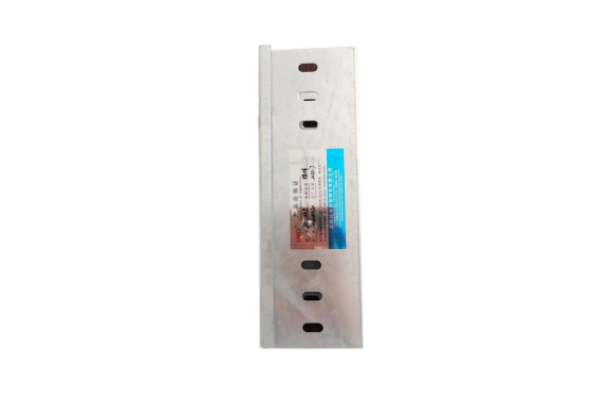Basic principle of electric energy transmission by wire and cable
In modern society, the use of electric energy is very popular. Most of them are transmitted by wires and cables through overhead lines and other ways, and the energy is transmitted by current under the action of voltage. Thus, a series of transmission links constitute the power system, mainly composed of distribution transformers, step-up transformers, transmission lines, step-down transformers and users' power loads. I believe that everyone is familiar with the basic principle of distribution voltage transformers, In physics, a part of the conductor in the closed circuit cuts the magnetic induction line in the magnetic field, and the current generated in the conductor is called electromagnetic induction, and the distribution voltage transformer is made based on this basic principle.
The current is transformed into low current and high voltage transmission in the step-up transformer, and then it is converted to the initial current value again at the step-down transformer. Before application, the transformer is used to convert the transmitted voltage into appropriate voltage, so as to facilitate the safe and stable use of users. The basic principle is that the electromagnetic induction phenomenon is used, and the transformer can only be used to change the AC voltage in the process of transmitting alternating current.






